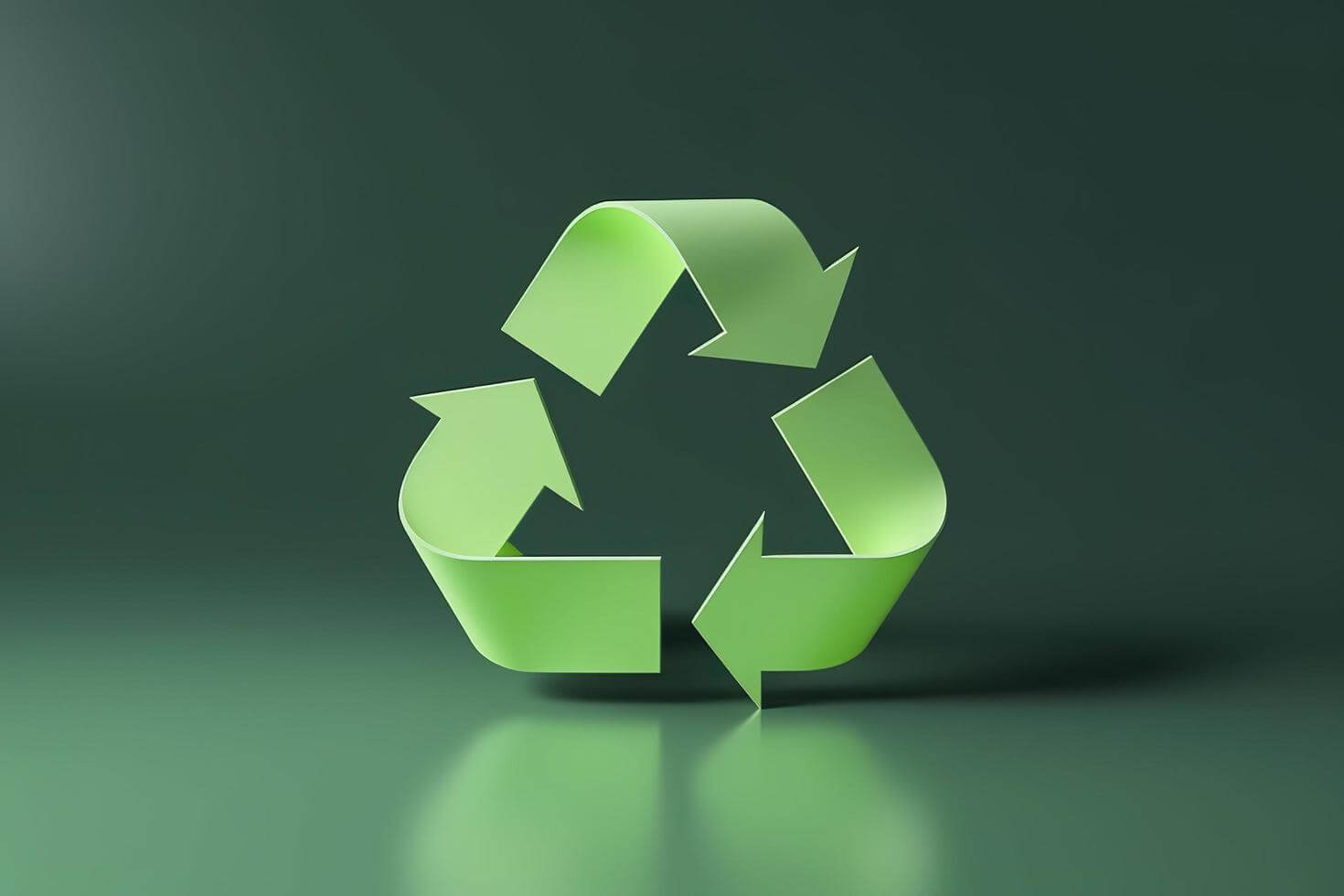The state of recycling globally in 2024 reflects significant advancements and persistent challenges across various regions. Here are key insights into the current trends, rates, and market dynamics.
Recycling Rates by Country
- Top Performers: Switzerland leads with a perfect recycling score of 100, followed closely by Denmark (99.9), Finland (99.4), and Sweden (99.2).
- Germany: Historically a leader, Germany recycles about 56% of its waste, having made substantial reforms since 1990 to enhance its recycling systems.
- Austria: With a recycling rate of approximately 54%, Austria has implemented strict regulations to prevent organic waste from entering landfills.
- South Korea: Competing closely with European nations, South Korea achieves a recycling rate of around 53.7% through effective private sector involvement.
Market Growth and Economic Impact
The global waste recycling services market has expanded from $58.53 billion in 2023 to $62.22 billion in 2024, marking a compound annual growth rate (CAGR) of 6.3%. This growth is driven by:
- Increased Environmental Awareness: Growing public consciousness about sustainability is pushing for better waste management practices.
- Regulatory Pressures: Stricter regulations on waste disposal are compelling municipalities and businesses to enhance their recycling efforts.
- Urbanization: The rise in urban populations is leading to higher waste generation, necessitating improved recycling systems.
E-Waste Challenges
E-waste, or electronic waste, refers to discarded electrical and electronic devices, including computers, smartphones, and televisions. It poses environmental hazards due to toxic materials like lead and mercury. Proper recycling and disposal are crucial to mitigate health risks and conserve resources, as e-waste contains valuable metals and components.
The generation of electronic waste (e-waste) is escalating rapidly, with a record 62 million tones produced in 2022, expected to rise to 82 million tones by 2030. However, the documented recycling rate for e-waste remains low at only 22.3%, highlighting a significant gap between waste generation and effective recycling efforts.
Regional Insights
- United States: A report indicates that only 21% of recyclable materials are effectively captured at the residential level, with a staggering 76% lost at households. This underscores the need for improved public education and infrastructure to enhance recycling rates.
- Greece: Struggling with low recycling rates (50% below the European average), Greece faces challenges in meeting EU targets for municipal solid waste diversion. Recent governmental initiatives aim to reform recycling practices, but significant hurdles remain due to inadequate infrastructure and funding.
Future Trends
The future of global recycling will likely be shaped by:
- Technological Innovations: Advances in recycling technologies, including automation and intelligent waste management systems, are expected to improve efficiency.
- Circular Economy Practices: Increasing adoption of circular economy principles will drive demand for recycled materials and promote sustainable resource use.
- Policy Developments: Governments are expected to implement more stringent policies aimed at reducing landfill use and enhancing recycling capabilities across various sectors.
In summary, while there are notable successes in certain countries and growing market dynamics supporting recycling efforts globally, significant challenges remain—particularly in e-waste management and public engagement in recycling initiatives.

